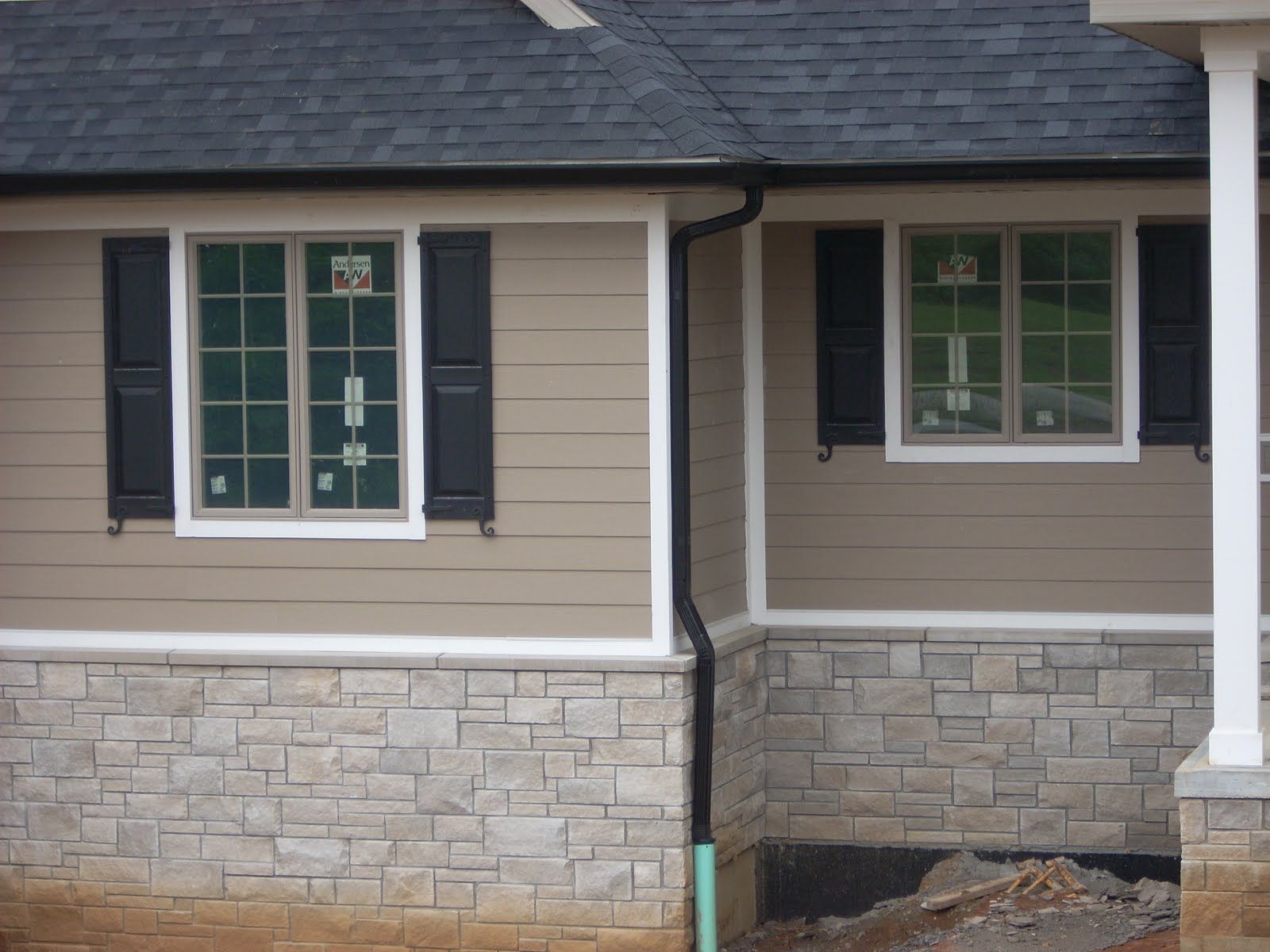

Articles
What Color Goes With Tan Siding
Modified: January 5, 2024
Discover the perfect color combinations for tan siding in our informative articles. Get expert tips and ideas for creating a stunning exterior design.
(Many of the links in this article redirect to a specific reviewed product. Your purchase of these products through affiliate links helps to generate commission for Storables.com, at no extra cost. Learn more)
Introduction
Choosing the right color palette for your home’s exterior can greatly enhance its curb appeal and overall aesthetics. Whether you’re looking to update the look of your current tan siding or are considering installing new tan-colored siding, selecting the perfect complementary colors can make a significant difference in the overall appearance of your home.
The color choices for your home’s exterior are not only a reflection of your personal style, but they can also influence the perception of your home’s size, architecture, and the surrounding landscape. With the right color combinations, you can create a harmonious and visually appealing look that will make your home stand out in the neighborhood.
In this article, we will explore different color options that go well with tan siding. Whether you prefer earth tones, cool tones, warm tones, contrasting colors, complementary colors, or neutral colors, we will provide insights and tips to help you make the best choice for your home’s exterior.
Key Takeaways:
- Enhance your home’s curb appeal by choosing earth tones, cool tones, warm tones, contrasting colors, or complementary colors to complement tan siding. Consider architectural style, climate, and personal preference for a visually appealing exterior.
- When selecting trim and accent colors for your tan siding, consider contrast, light or dark shades, highlighting or subtle accents, and coordinating with the main color palette. These choices can add depth, dimension, and visual interest to your home’s exterior.
Read more: What Color Siding Goes With Tan Brick
Choosing the Right Color Palette
When selecting the color palette for your home’s exterior, it’s important to consider various factors such as the architectural style of the house, the surrounding landscape, and your personal preferences. Here are some tips to help you choose the right color palette that complements your tan siding:
- Consider the architectural style: Different architectural styles have different color preferences. For example, a traditional style home might look best with classic and timeless colors like whites, grays, and navy blues, while a modern style house could handle bolder and more vibrant color choices.
- Take cues from the surroundings: Look at the natural elements around your home, such as trees, flowers, or the color of the neighboring houses. The colors you choose should harmonize with the existing colors in your environment.
- Think about the climate: Consider the climate in which you live. In warmer climates, lighter colors can help reflect heat and keep your home cooler, while in colder climates, darker colors can absorb heat and provide better insulation.
- Don’t forget about personal preference: Ultimately, you should choose colors that you love and that reflect your personal style. After all, it’s your home, and you should feel happy and comfortable with the colors you choose.
Once you have considered these factors, you can start exploring different color options that go well with tan siding. Let’s dive into some popular choices in the next sections.
Earth Tones
One of the most natural and harmonious color choices to complement tan siding are earth tones. Earth tones consist of colors inspired by nature, such as browns, greens, and warm beiges. These colors create a warm and inviting atmosphere and blend seamlessly with the natural surroundings. Here are some popular earth tone options for your home’s exterior:
- Deep Brown: A deep, rich brown can add depth and warmth to your tan siding. It creates a classic and timeless look that works well with various architectural styles.
- Olive Green: Olive green is a versatile color that pairs beautifully with tan. It adds a touch of sophistication and complements the earthy tones of the siding.
- Warm Beige: If you prefer a softer and more subtle look, warm beige is an excellent choice. It creates a serene and elegant exterior that blends harmoniously with the tan siding.
When selecting earth tones, consider the shade and intensity of the colors. It’s important to choose shades that either match or provide a subtle contrast to the tan siding to create visual interest and depth. Additionally, consider incorporating natural materials, such as stone or wood accents, to further enhance the earthy feel of your home.
Remember, earth tones are versatile and work well with various architectural styles and landscapes. They lend a sense of warmth and harmony to your home’s exterior, making it an inviting space for both residents and visitors.
Cool Tones
If you prefer a more modern and refreshing look, cool tones can be an excellent choice to complement tan siding. Cool tones typically include shades of blue, gray, and green, which create a calming and serene atmosphere. Here are some popular cool tone options to consider for your home’s exterior:
- Soft Blue: A soft blue color can create a soothing and tranquil ambiance. It pairs beautifully with tan siding and gives your home a fresh and inviting appearance.
- Gray: Gray is a versatile color that comes in various shades, ranging from light gray to charcoal. It adds a modern and sophisticated touch to your home, while still harmonizing with the tan siding.
- Mint Green: Mint green is a trendy and vibrant cool tone that can create a unique and eye-catching look. It adds a pop of color to the exterior while still maintaining a cool and refreshing vibe.
When using cool tones, it’s essential to consider the intensity and undertones of the colors. Lighter shades of blue and green can give your home a more airy and spacious feel, while darker shades can provide a more dramatic contrast to the tan siding. Consider using different shades within the cool tone range to add depth and visual interest.
To complete the look, consider incorporating modern elements and materials, such as stainless steel accents or sleek glass features. This will further enhance the contemporary and cool vibe of your home’s exterior.
Cool tones can give your home a refreshing and modern look while still creating a harmonious balance with the tan siding. It’s a great option for those looking to add a contemporary touch to their home’s exterior.
Warm Tones
If you want to create a cozy and inviting feel, warm tones can be the perfect choice to complement your tan siding. Warm tones consist of colors like reds, oranges, and yellows, which evoke feelings of warmth and comfort. Here are some popular warm tone options to consider for your home’s exterior:
- Terra Cotta: Terra cotta is a warm and earthy color that adds a rustic charm to your home. It pairs beautifully with tan siding, creating a warm and inviting look.
- Golden Yellow: Golden yellow is a vibrant and cheerful color choice that can brighten up the exterior of your home. It adds a touch of sunshine and warmth to the tan siding.
- Warm Red: A warm red color can create a bold and striking look. It adds a sense of elegance and sophistication to the exterior of your home.
When choosing warm tones, it’s important to consider the intensity and undertones of the colors. Opt for shades that complement the tan siding without overpowering it. Consider using warm tones strategically as accents or in smaller areas to avoid overwhelming the overall look of your home.
To enhance the cozy feel, consider incorporating natural materials like wood or stone accents. These materials will further add warmth and texture to the exterior of your home.
Warm tones can create a welcoming and cozy atmosphere, perfect for those looking to create a comforting and inviting exterior for their home. It adds a touch of personality and charm to your tan siding, making your home a standout in the neighborhood.
Consider using colors like navy blue, forest green, or warm grays to complement tan siding. These colors create a classic and timeless look that pairs well with the earthy tones of tan.
Read more: What Color Siding Goes With Tan Brick
Contrasting Colors
If you prefer a bold and eye-catching look, contrasting colors can be an excellent choice to complement your tan siding. Contrasting colors create a visual impact by using colors that are opposite or significantly different from each other on the color wheel. Here are some popular contrasting color options to consider for your home’s exterior:
- Navy Blue: Navy blue is a classic and timeless color that creates a striking contrast with tan siding. It adds depth and sophistication to the exterior and can make your home stand out in the neighborhood.
- Deep Gray: Deep gray is a versatile color that pairs well with tan. It provides a sleek and modern look and adds a touch of elegance to the overall appearance of your home.
- Bold Black: Black is a bold and dramatic color choice that can create a strong contrast with tan siding. It adds a sense of sophistication and can give your home a sleek and modern edge.
When using contrasting colors, it’s essential to balance the intensity of the colors. Opt for a bold and contrasting color for the main elements of your home’s exterior, such as the front door or shutters, while using a more neutral color for the rest of the detailing. This will create a harmonious and visually appealing look.
Consider using natural materials, such as stone or wood accents, to enhance the contrast between the colors and add texture to the overall design. This will further elevate the visual impact of your home’s exterior.
Contrasting colors can create a bold and dynamic look for your home’s exterior. It’s a great option for those who want to make a statement and showcase their unique style.
Complementary Colors
Complementary colors are pairs of colors that are opposite each other on the color wheel. These colors create a vibrant and visually appealing contrast when used together. Complementary colors can be a fantastic choice to complement your tan siding and create a harmonious and balanced look. Here are some popular complementary color options to consider for your home’s exterior:
- Teal and Coral: Teal and coral are a stunning pair of complementary colors. Teal, with its cool undertones, creates a refreshing and modern look, while coral adds warmth and vibrancy. Together, they create a visually striking and balanced combination.
- Purple and Yellow: Purple and yellow create a bold and energetic contrast. Purple adds a sense of luxury and sophistication to the exterior, while yellow brings in a vibrant and cheerful feel. This combination is perfect for those who want to make a statement with their home’s exterior.
- Green and Red: Green and red are classic complementary colors that create a traditional and timeless look. Green symbolizes nature and tranquility, while red adds a vibrant and eye-catching element. This combination works well with tan siding, creating a balanced and visually appealing exterior.
When using complementary colors, it’s essential to find the right balance. Consider using the colors in different elements of your home’s exterior, such as the doors, shutters, trim, or accents. This will create a cohesive and balanced look, showcasing the vibrancy of the complementary colors while still harmonizing with the tan siding.
To enhance the impact of the complementary colors, consider using neutral shades for other elements of the exterior. This will allow the complementary colors to take center stage and create a visually stunning effect.
Complementary colors can add a bold and vibrant touch to your home’s exterior, creating a visually striking and harmonious look. It’s an excellent choice for those who want to make a statement and infuse their home with unique and energetic colors.
Neutral Colors
Neutral colors are timeless and versatile options that can create a sophisticated and elegant look when paired with tan siding. They provide a calm and balanced appearance while allowing other elements, such as architectural details or landscaping, to take center stage. Here are some popular neutral color options to consider for your home’s exterior:
- White: White is a classic and timeless choice that pairs beautifully with tan siding. It creates a clean and fresh look, giving your home a sense of elegance and simplicity.
- Gray: Gray is a versatile and popular neutral color that complements tan siding. It comes in various shades, from light gray to charcoal, and can create a modern and sophisticated appearance.
- Beige: Beige is a warm and inviting neutral color that blends harmoniously with the tan siding. It creates a cozy and welcoming exterior that exudes comfort and tranquility.
When using neutral colors, it’s important to consider the undertones of the colors and how they work with the tan siding. Opt for shades that have similar undertones to maintain a cohesive and unified look.
Consider adding texture and dimension to your home’s exterior by incorporating different materials, such as stone or wood accents. This will add visual interest and prevent the neutral colors from appearing flat or dull.
Neutral colors provide a timeless and elegant look for your home’s exterior. They create a calm and balanced ambiance, allowing the architectural details and landscaping to shine.
Considerations for Trim and Accent Colors
When choosing the colors for your home’s exterior, it’s important to consider the trim and accent colors in addition to the main color palette. The trim and accent colors can provide depth, dimension, and visual interest to your home’s exterior, enhancing the overall look and adding to the curb appeal. Here are some considerations to keep in mind when selecting trim and accent colors to complement your tan siding:
- Contrast or Blend: Decide whether you want the trim and accent colors to stand out with a contrasting tone or blend harmoniously with the main color palette. Both options can create different effects and styles, so choose the one that aligns with your desired aesthetic.
- Light or Dark: Consider the shade of the trim and accent colors in relation to the tan siding. Lighter trim colors can create a crisp and clean look, while darker trim colors can add depth and richness to the exterior.
- Highlighting or Subtle Accent: Determine whether you want the trim and accent colors to highlight specific architectural features or provide subtle accents throughout. This decision can help draw attention to unique elements of your home’s exterior.
- Coordinating Colors: Ensure that the trim and accent colors complement the main color palette and create a cohesive look. Use color swatches or consult with a professional to ensure that the colors work well together and enhance the overall appearance of your home.
- Consider the Style: Take into account the architectural style of your home when selecting trim and accent colors. Traditional styles often have more elaborate and contrasting trim colors, while modern styles may opt for simple and understated accent colors.
The trim and accent colors provide an opportunity to add personality and style to your home’s exterior. They can highlight the architectural details and create a visually appealing balance with the tan siding. Whether you choose bold contrasting colors or subtle accents, the trim and accent colors can elevate the overall look of your home.
Lastly, consider using samples and mock-ups to get a visual representation of how the trim and accent colors will look alongside your tan siding. This step will help you make an informed decision and ensure that the final result meets your expectations.
Read more: What Color Metal Roof Goes With Tan Siding
Final Thoughts
Selecting the right color palette for your home’s exterior, particularly when complementing tan siding, is a decision that can greatly impact the overall look and feel of your property. By considering factors such as architectural style, surrounding landscape, personal preferences, and the use of contrasting or complementary colors, you can create a visually stunning and harmonious exterior that reflects your unique style.
Whether you opt for earth tones to create a warm and natural ambiance, cool tones for a modern and refreshing look, warm tones for a cozy and inviting feel, contrasting colors for bold visual impact, or complementary colors for a balanced and vibrant combination, the key is to choose color combinations that enhance the beauty of your tan siding.
Additionally, don’t forget to consider the trim and accent colors that will further enhance the overall appearance of your home. Whether you choose contrasting or blending colors, light or dark shades, highlighting or subtle accents, the trim and accent colors can add depth, dimension, and character to your home’s exterior.
Lastly, take the time to gather color samples, consult with professionals, and visualize the combinations before making your final decision. This will ensure that you are satisfied with the end result and that your home becomes a true reflection of your style and personality.
With careful consideration and thought, you can create a beautiful and captivating exterior for your home, making it a standout in the neighborhood and a place you are proud to call your own.
Frequently Asked Questions about What Color Goes With Tan Siding
Was this page helpful?
At Storables.com, we guarantee accurate and reliable information. Our content, validated by Expert Board Contributors, is crafted following stringent Editorial Policies. We're committed to providing you with well-researched, expert-backed insights for all your informational needs.
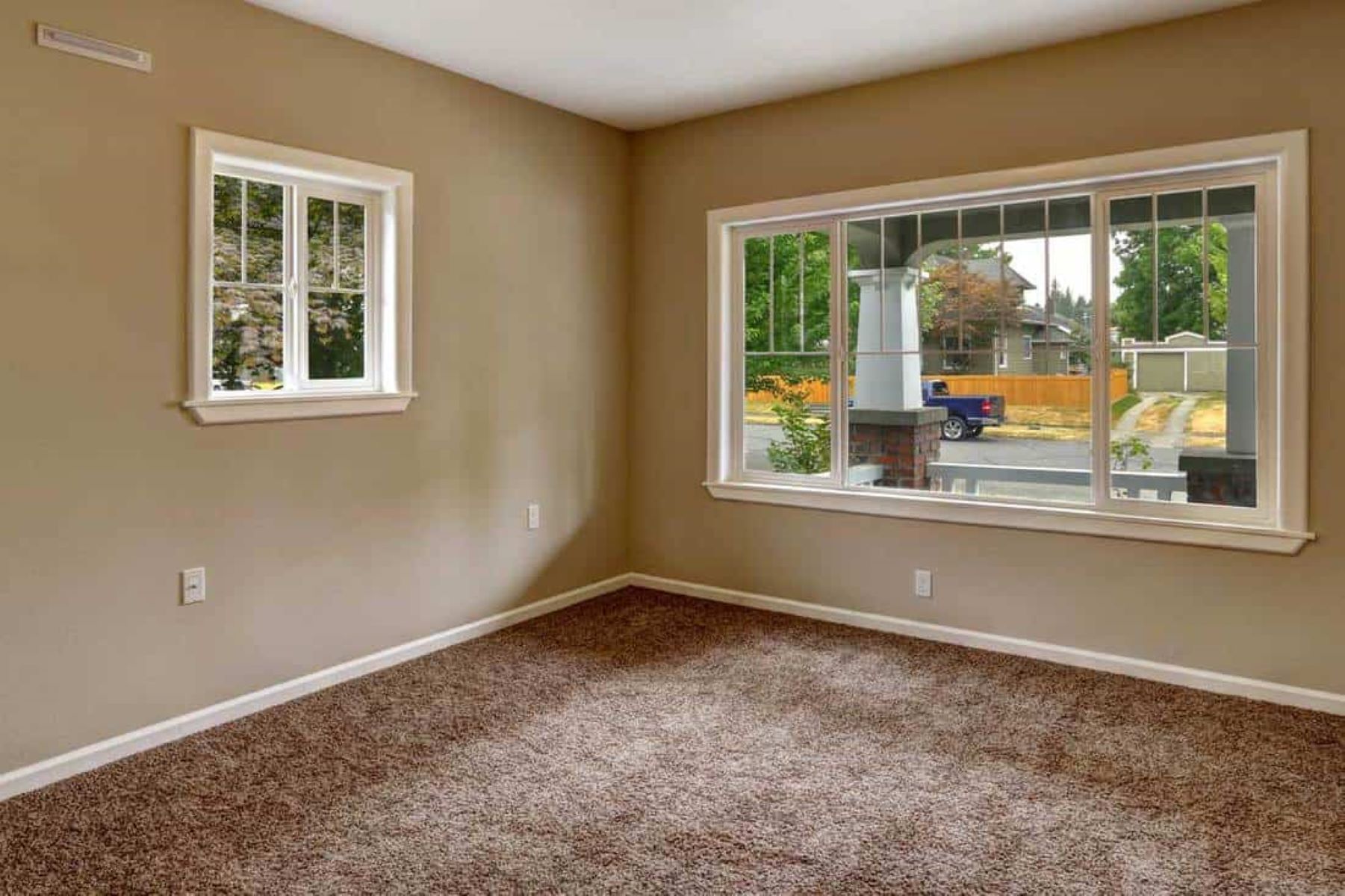
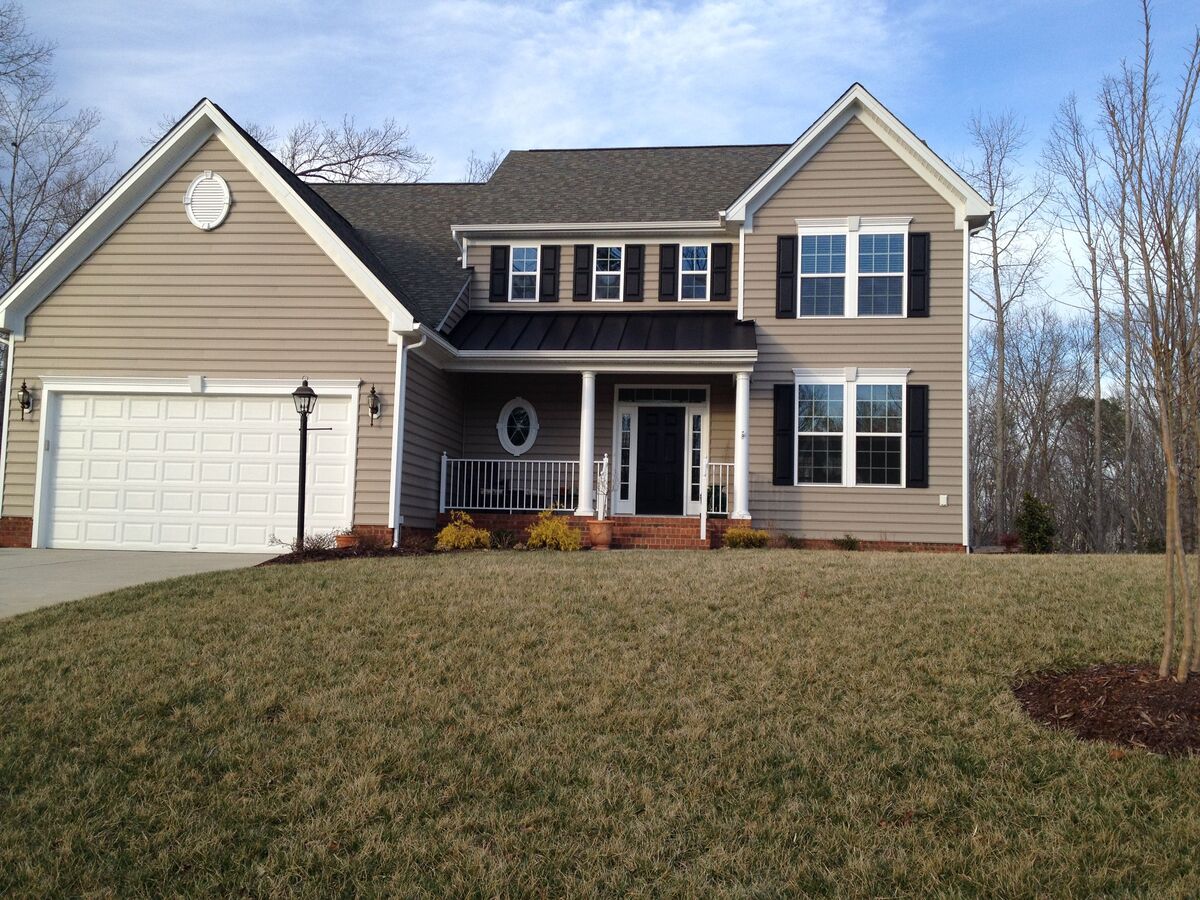
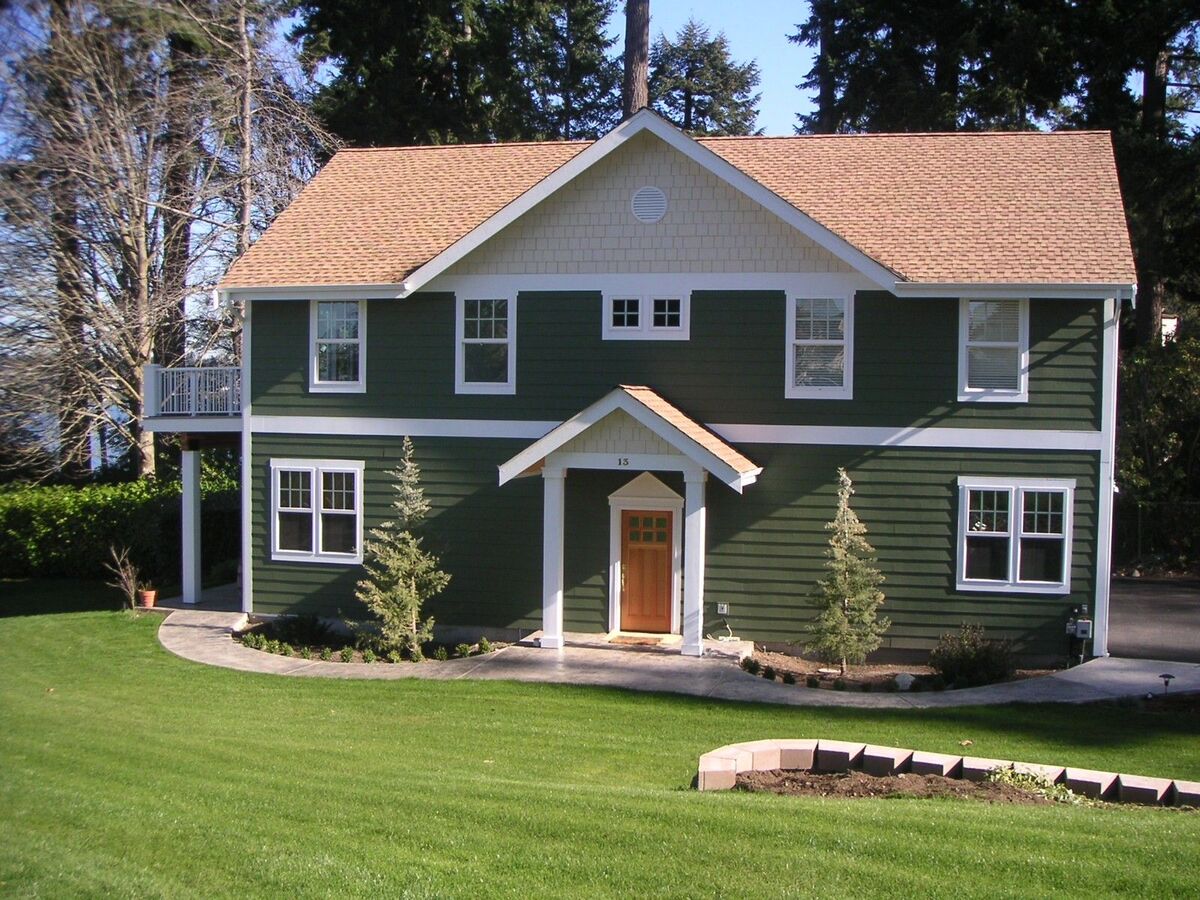
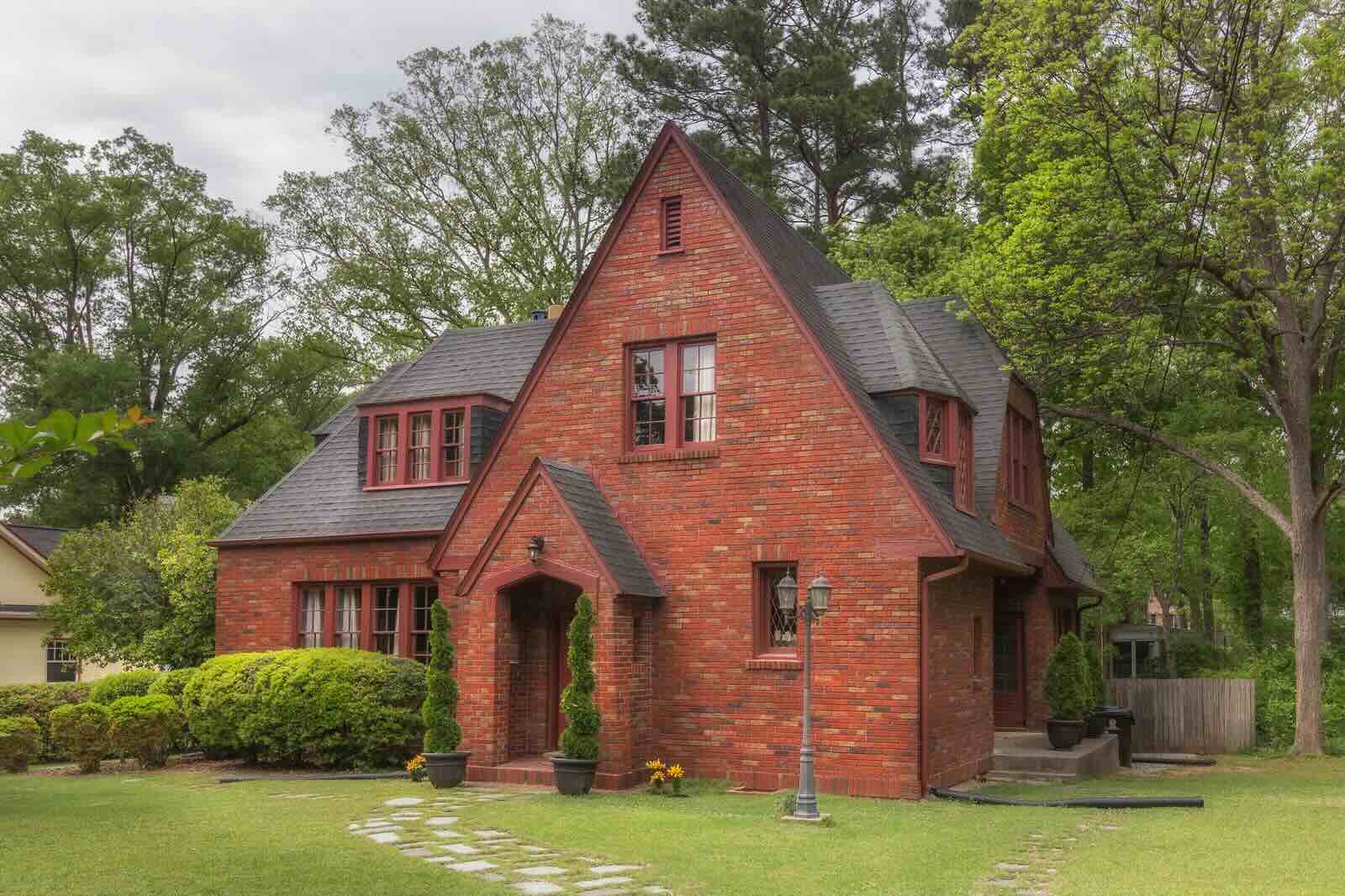
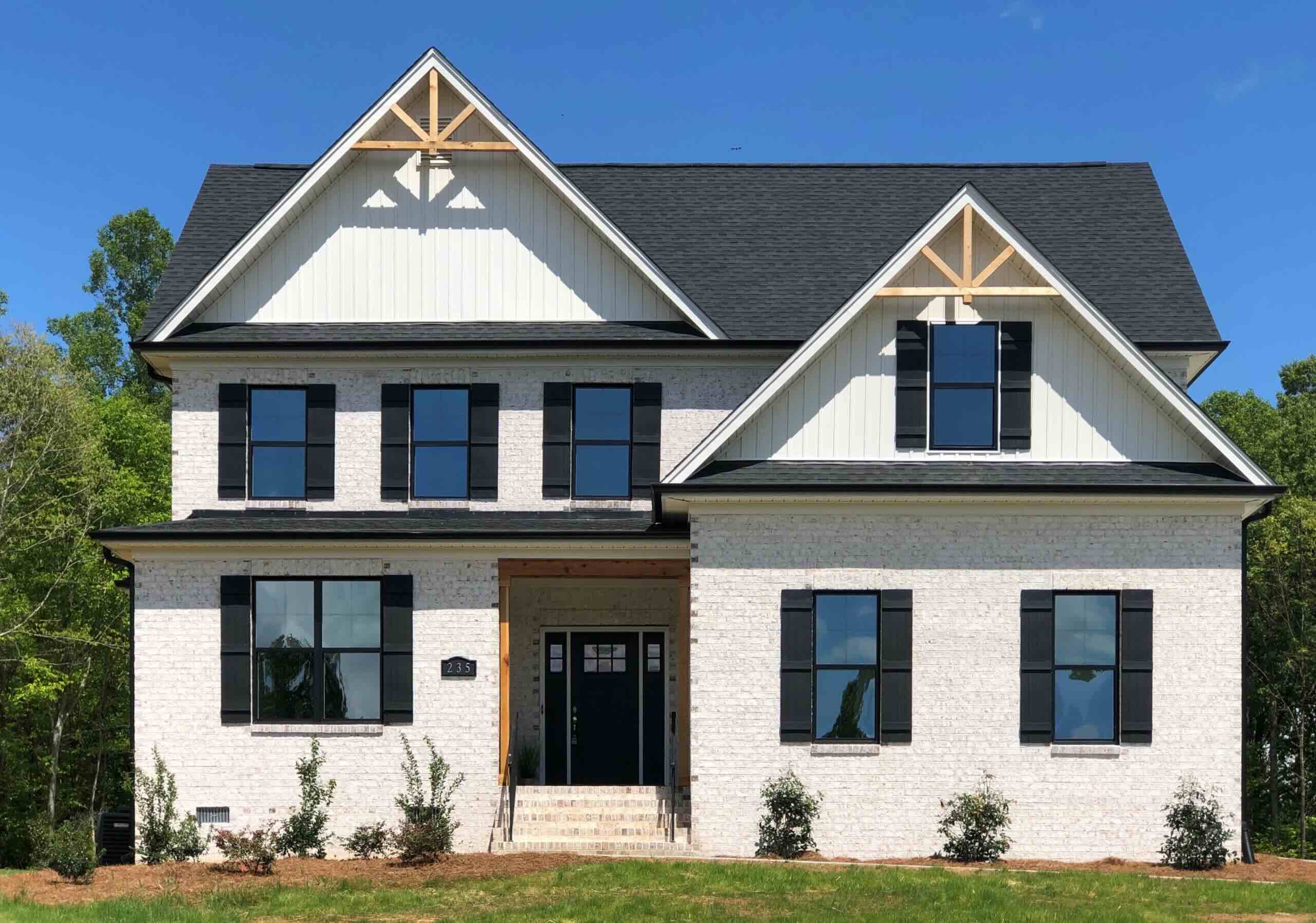
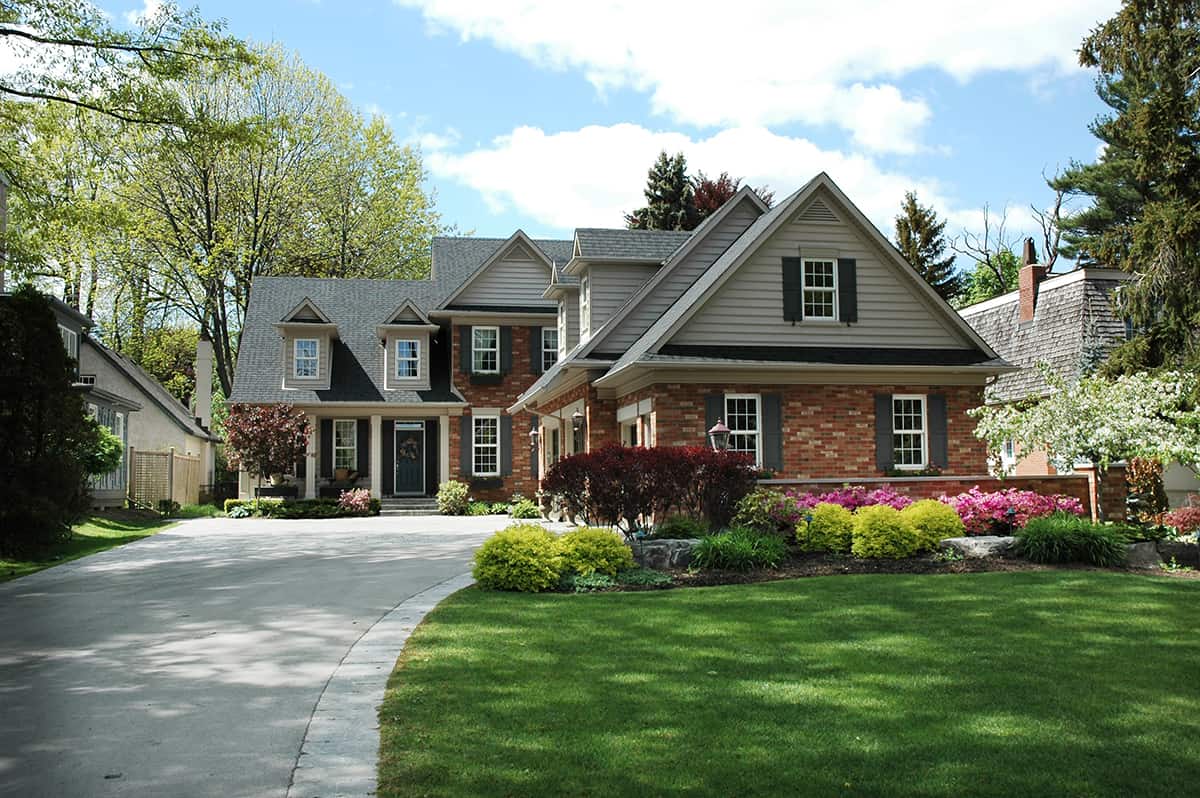
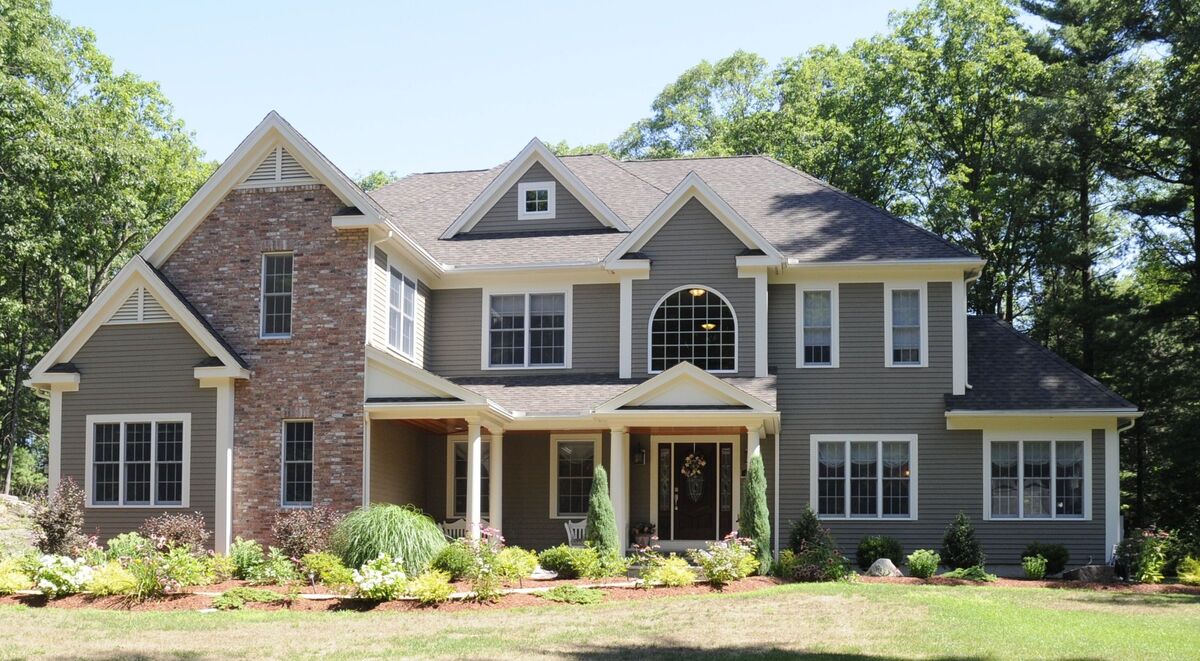
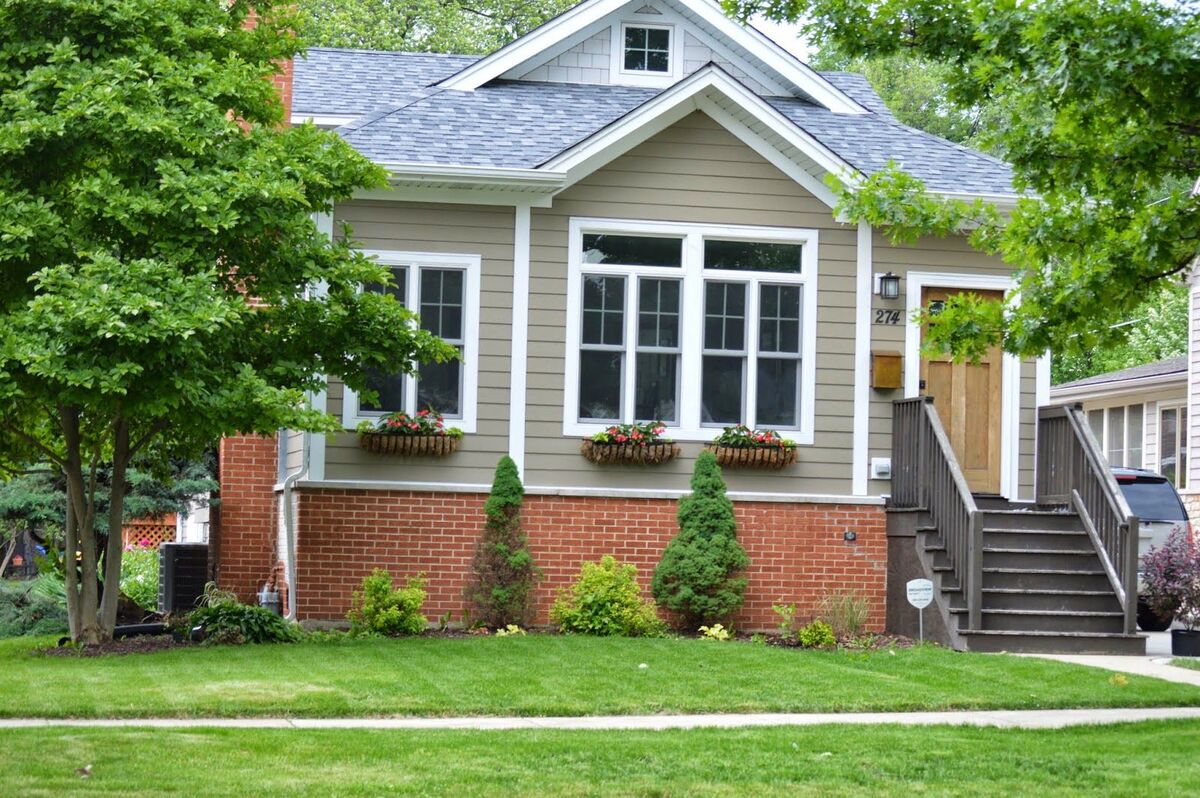
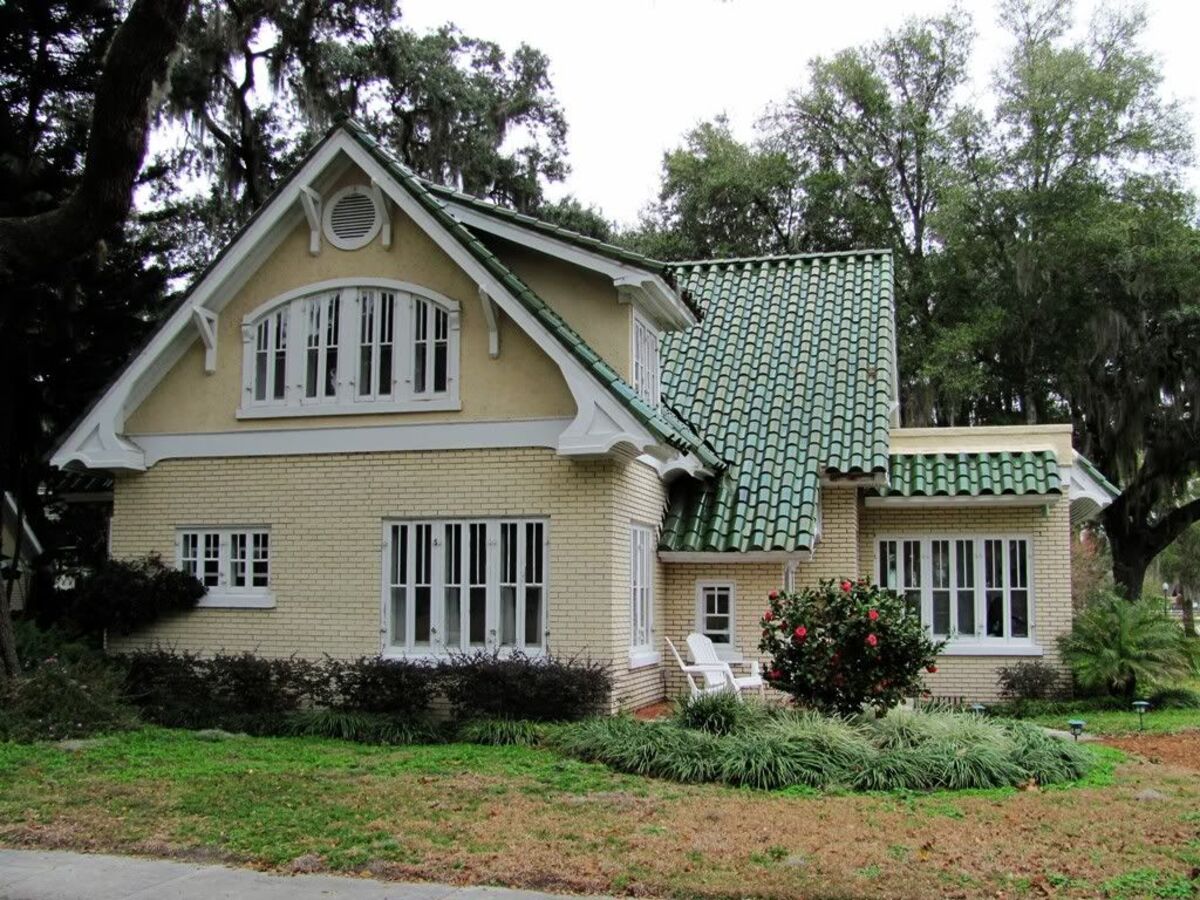
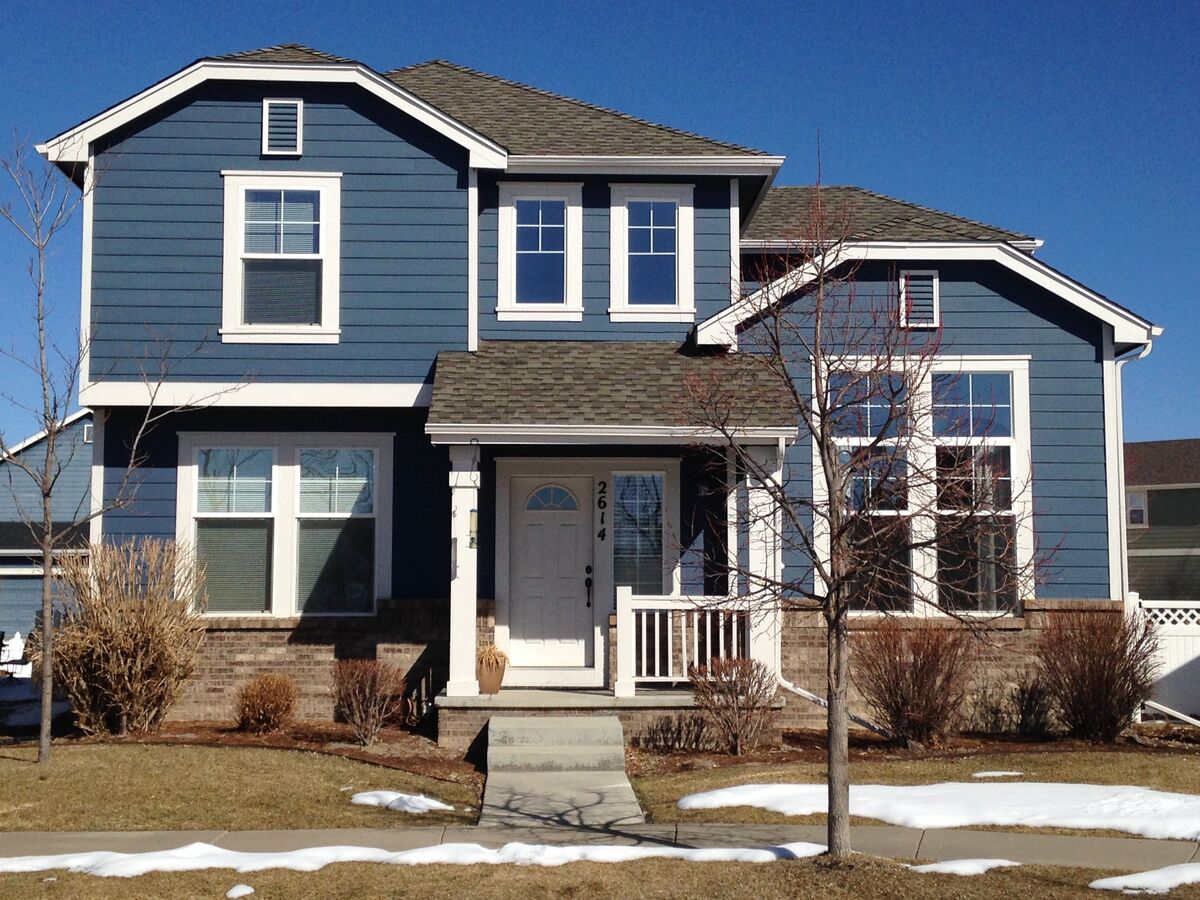

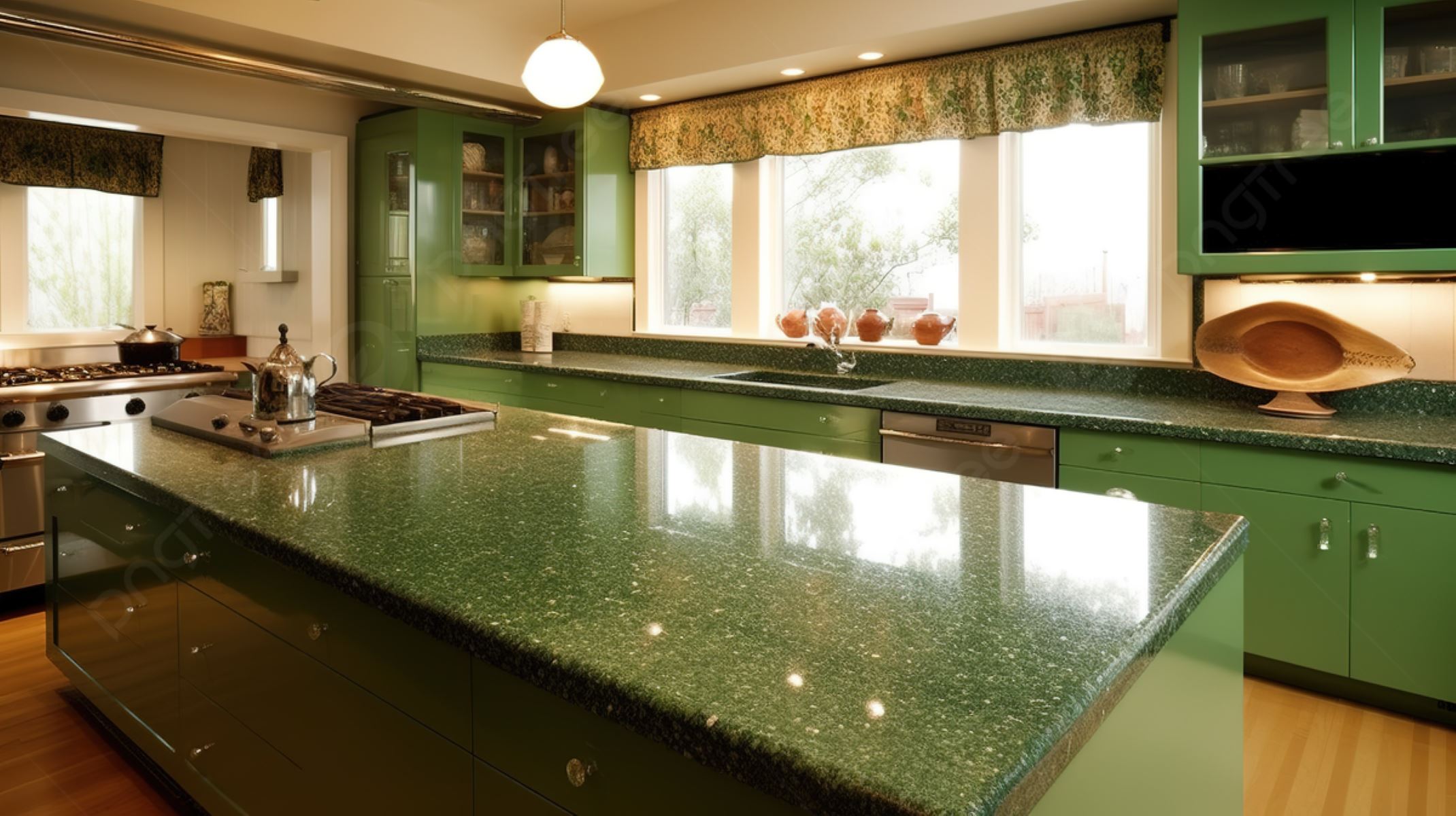
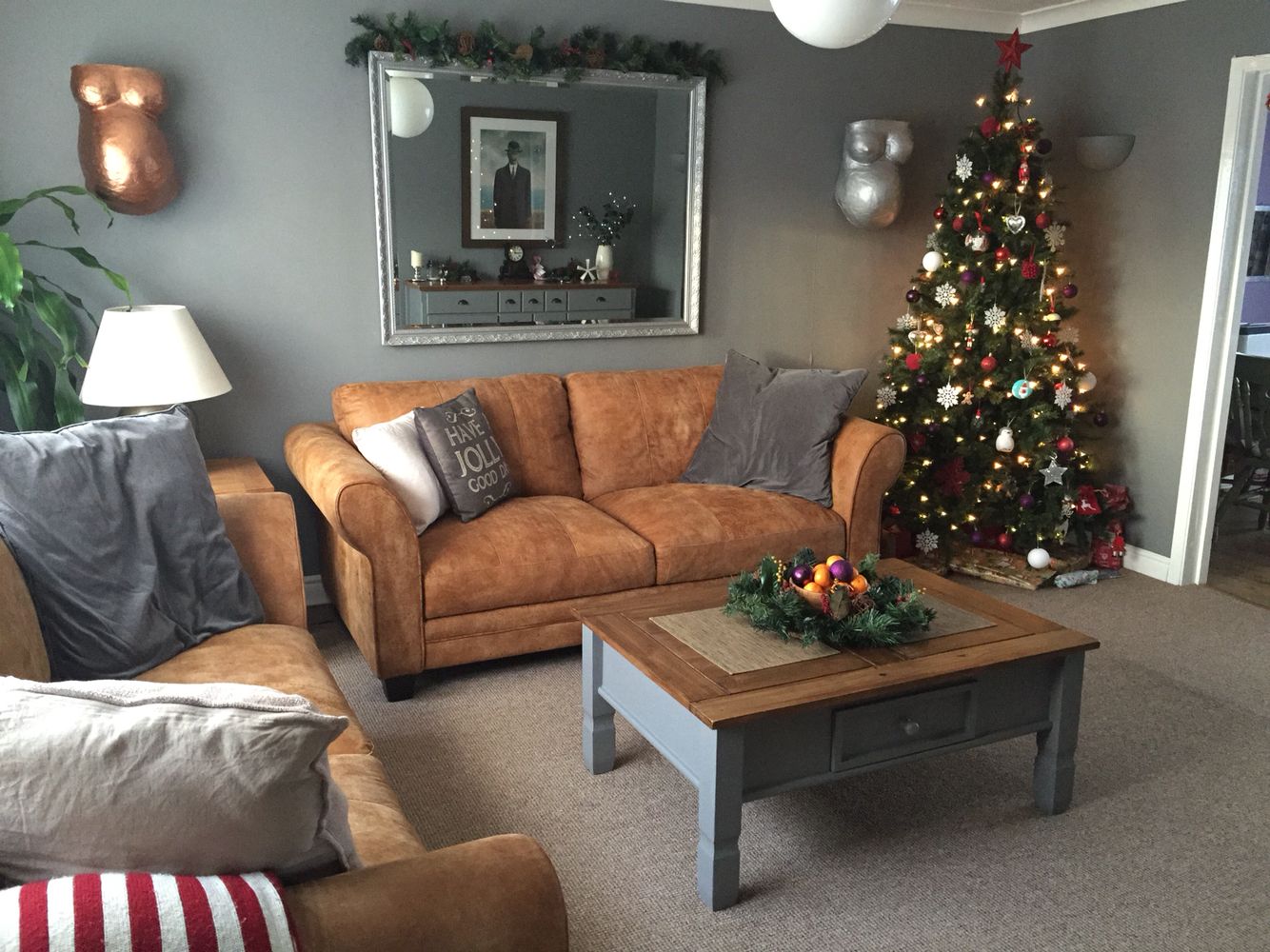

0 thoughts on “What Color Goes With Tan Siding”